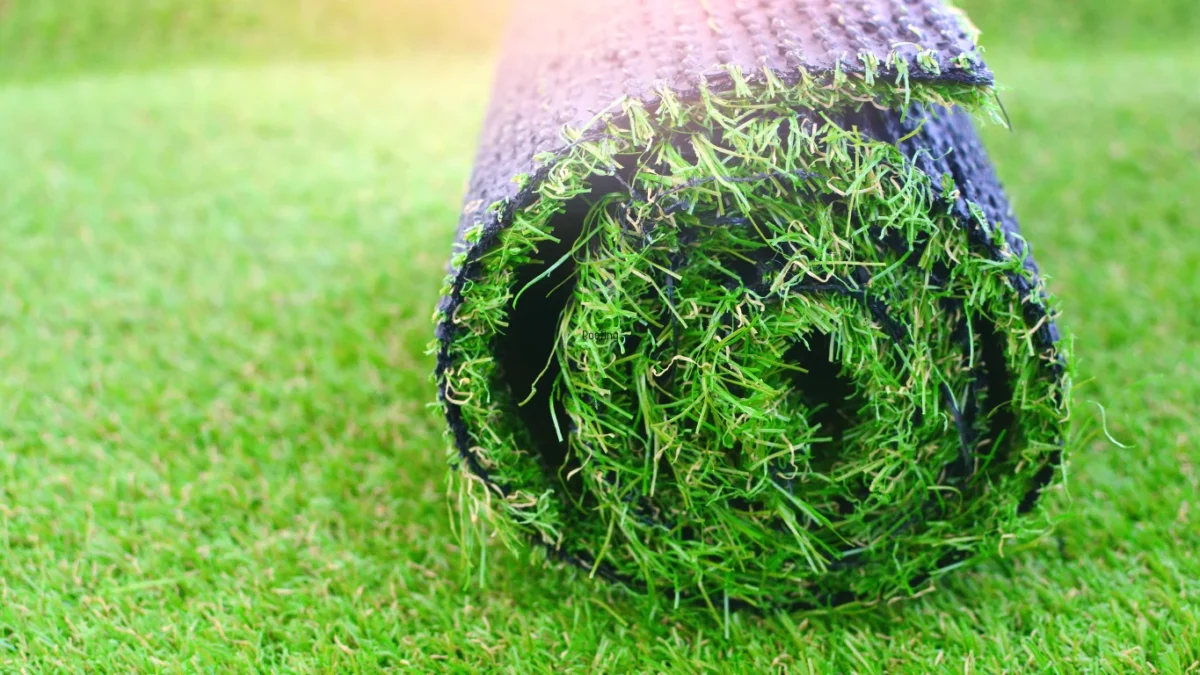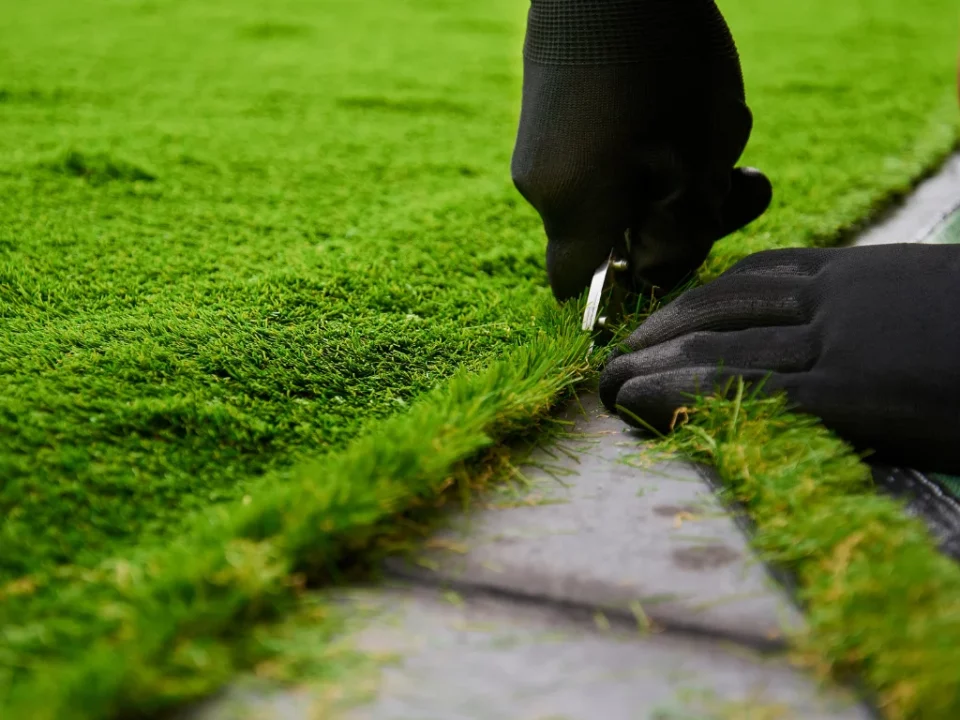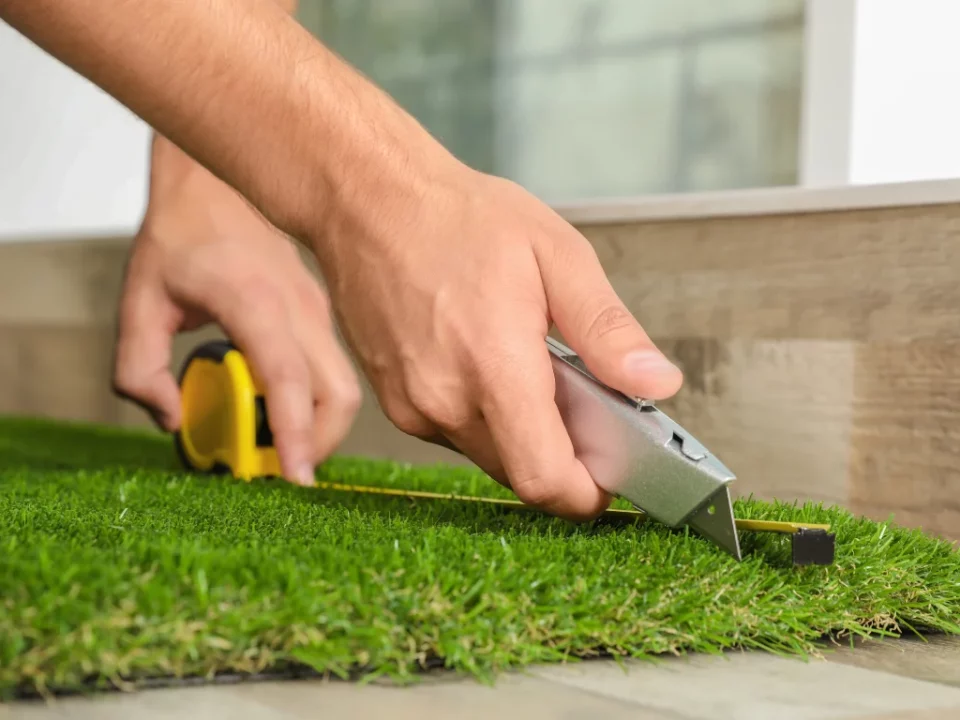A lush, green lawn enhances the beauty of any outdoor space, but maintaining natural grass can be time-consuming and costly. Artificial grass installation provides a hassle-free solution, offering the look of real grass without the need for constant watering, mowing, or fertilizing. Whether upgrading a backyard, front yard, or commercial space, the right approach ensures a flawless and long-lasting lawn transformation.
Key Steps for a Smooth Artificial Grass Installation
Proper preparation is essential for a successful artificial grass installation. The first step is to clear the area of any existing grass, weeds, or debris. A level surface is crucial, so removing rocks and compacting the soil ensures a smooth foundation. For better drainage and durability, a layer of crushed stone or decomposed granite is often added and compacted before installing the turf.
Once the base is set, a weed barrier fabric helps prevent unwanted growth beneath the artificial grass. This step ensures long-term maintenance remains effortless. When rolling out the artificial turf, it’s important to position the blades in the same direction to create a uniform appearance. Trimming the edges carefully allows for a seamless fit along borders, walkways, or garden beds.
Securing the turf properly is another crucial step. Using landscaping nails or adhesive along the edges prevents shifting and keeps the surface intact. To enhance the natural look, brushing the turf fibers with a stiff broom helps lift them and distribute infill material evenly. The right infill, such as silica sand or rubber granules, adds weight, improves stability, and enhances the softness of the grass underfoot.
Maintaining Artificial Grass for Long-Lasting Lawn Transformation
One of the biggest advantages of artificial grass installation is its low maintenance. Unlike natural grass, artificial turf does not require watering, mowing, or fertilizing. However, occasional care helps keep it in top condition. Regularly removing leaves, dust, and debris with a leaf blower or gentle hose rinse prevents buildup and maintains a fresh look.
Brushing the grass fibers occasionally helps prevent matting, especially in high-traffic areas. If pets use the area, rinsing with water and using a mild turf deodorizer can keep odors at bay. Artificial grass is designed to withstand various weather conditions, but keeping an eye on drainage ensures no water pooling occurs after heavy rain.
For any accidental spills or stains, cleaning with mild soap and water is usually sufficient. Avoiding harsh chemicals or strong solvents helps preserve the integrity of the artificial fibers. If any section of the turf becomes loose over time, securing it with additional adhesive or nails helps maintain a seamless appearance.
Artificial grass installation offers a long-lasting and visually appealing lawn transformation with minimal upkeep. By following proper installation techniques and simple maintenance practices, homeowners and businesses can enjoy a green and vibrant outdoor space all year round.






